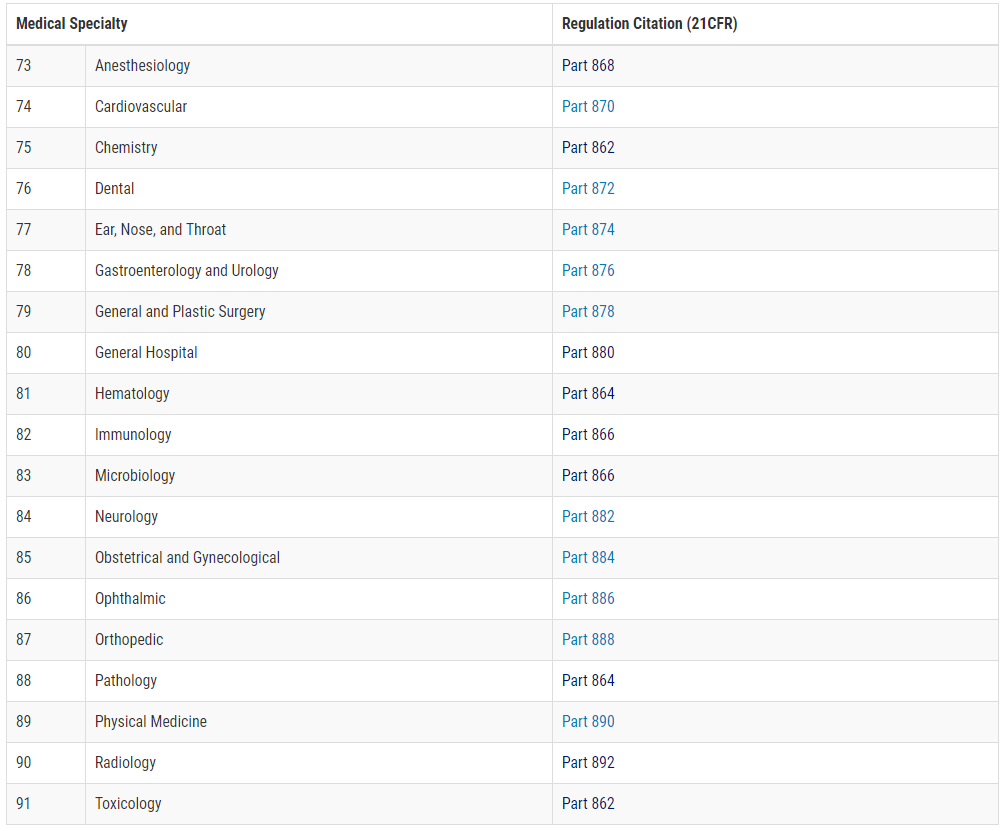
Privacy settings
We use cookies on our website. Some of them are essential, while others help us improve this website and your experience.
Privacy settings
Here is an overview of all cookies use
Required Cookies
These cookies are needed to let the basic page functionallity work correctly.
Show Cookie Informationen
Hide Cookie Information
SERVERID
Provide load balancing functionality.
| Provider : | SERVERID |
| Cookiename : | SERVERID |
PHPSESSID
Provides functions across pages.
| Provider : | PHPSESSID |
| Cookiename : | PHPSESSID |
Hubspot Forms
Used for the google recaptcha verification for online forms.
| Provider : | Hubspot |
| Cookiename : | _GRECAPTCHA |
| Runtime : | 183 |
| Privacy source url : | https://policies.google.com/privacy?hl=en&fg=1 |
| Host : | js.hsforms.net |
Cookies for Statistics
Statistic cookies anonymize your data and use it. These information will help us to learn, how the users are using our website.
Show Cookie Informationen
Hide Cookie Information
Google Analytics
Tracking and analys of traffic on our websites.
| Provider : | Google Inc. |
| Cookiename : | ga_*, gi_*, gat_gtag_* |
| Runtime : | 365 |
| Privacy source url : | https://policies.google.com/privacy |
| Host : | google.com |
Matomo
Tracking and analys of traffic on our websites.
| Provider : | Matomo |
| Cookiename : | pk_ses*, pk_id* |
| Privacy source url : | https://matomo.org/privacy-policy/ |
Cookies for Marketing
Marketing cookies from thrid parties will be used to show personal advertisment. They use them to track users outside of their own web page.
Show Cookie Informationen
Hide Cookie Information
Hubspot
Keeping track of a visitor's identity. It is passed to HubSpot on form submission and used when deduplicating contacts. It contains an opaque GUID to represent the current visitor. It also introduces cookies from linked in for marketing reasons.
| Provider : | Hubspot |
| Cookiename : | hubspotutk, __hssrc, test_cookie, lidc, li_gc, lang, lang, bscookie, bcookie, _gcl_au, __hstc, __hssrc, __hssc ,__cf_bm, UserMatchHistory, AnalyticsSyncHistory |
| Runtime : | 730 |
| Privacy source url : | https://legal.hubspot.com/privacy-policy |
| Host : | .hubspot.com |
LinedIn
LinkedIn conversion tracking.
| Provider : | LinedIn |
| Cookiename : | li_fat_id, li_giant, VID |
| Runtime : | 365 |
| Privacy source url : | https://www.linkedin.com/legal/privacy-policy?trk=content_footer-privacy-policy |
| Host : | .linkedin.com |
Cookies for external Content
Content for Videoplatforms und Social Media Platforms will be disabled automaticly. To see content from external sources, you need to enable it in the cookie settings.
Show Cookie Informationen
Hide Cookie Information
Google Maps
Used to display google maps on our Websites. Google uses cookies to identify and track users.
| Provider : | Google inc |
| Cookiename : | NID |
| Runtime : | 183 |
| Privacy source url : | https://policies.google.com/privacy?hl=en&fg=1 |
| Host : | google.com |


